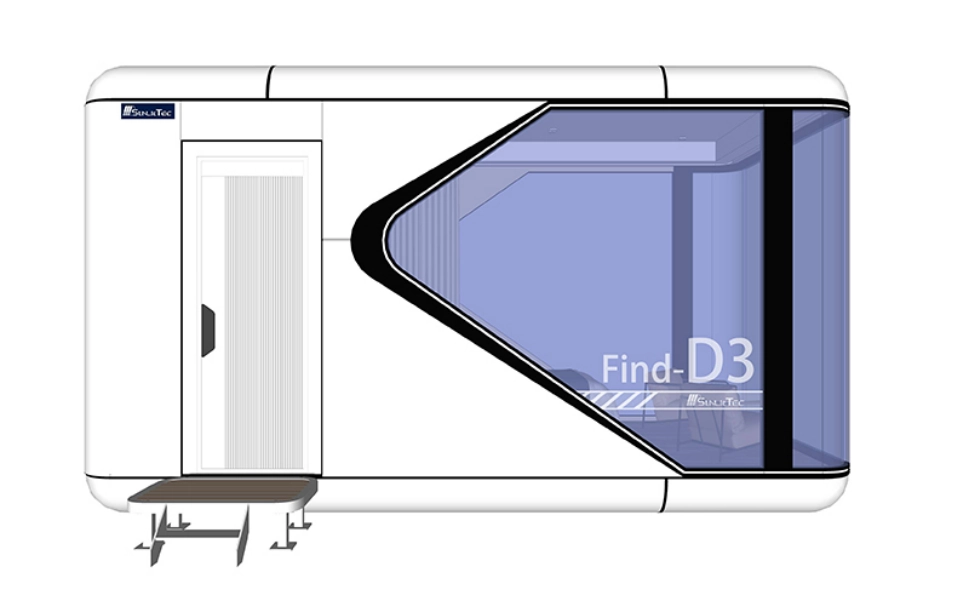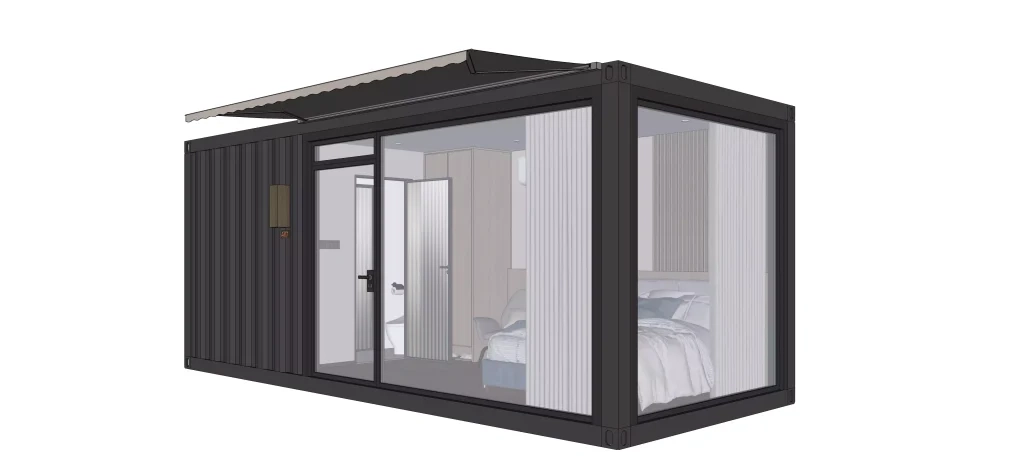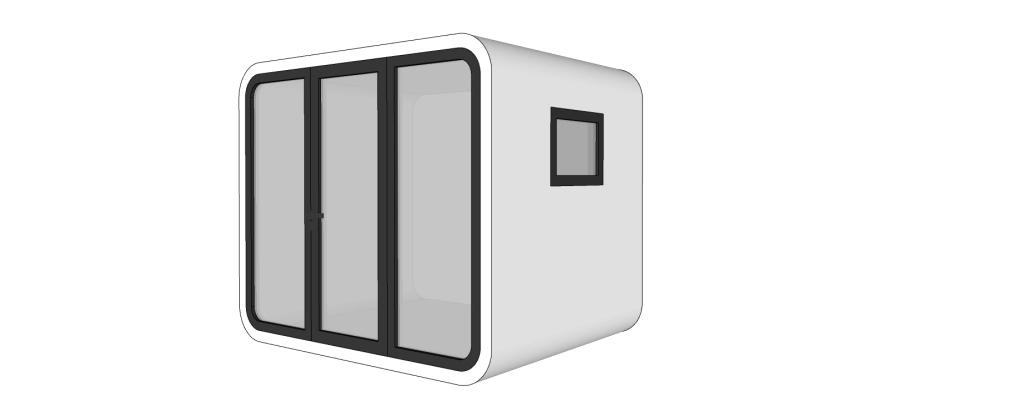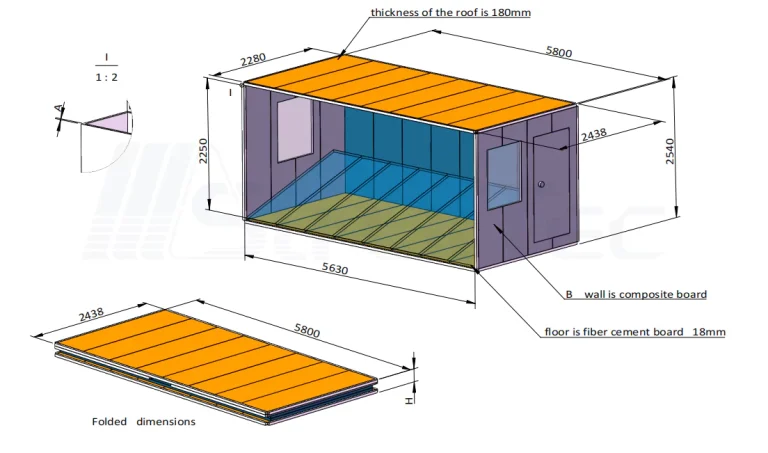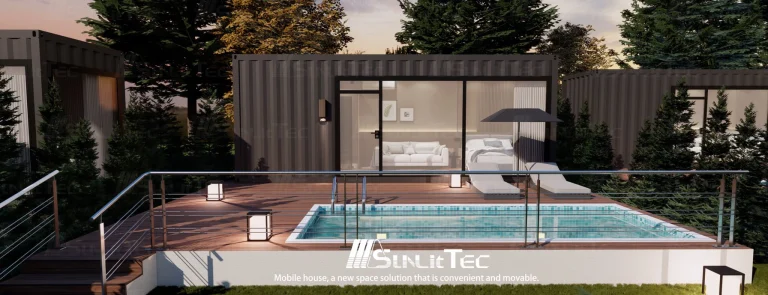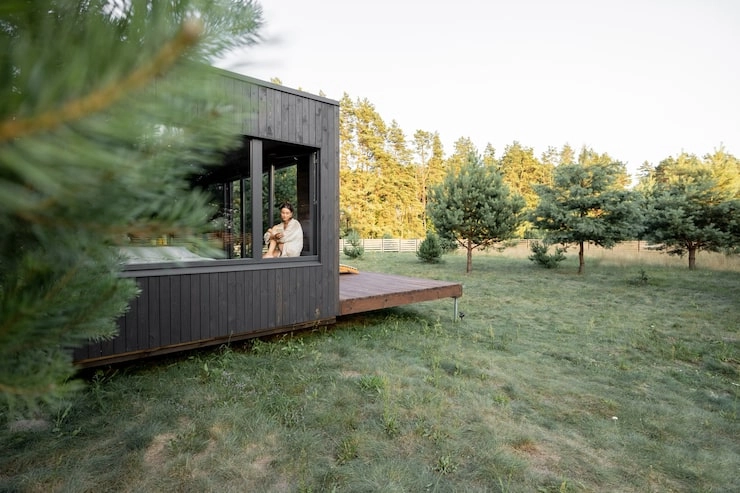
When you are thinking about buying and installing a prefabricated home, location is a huge deal. It is one of the most important things affecting the final cost. The price to set up these homes is very different depending on geographic, environmental, and local rules. It’s good to know that “prefabricated housing” is a very broad term. It just means structures built in a factory before being moved to a property. This includes classic modular homes and also cool new designs like space capsules or container homes. People like them because they are flexible and relatively cheap. But, understanding the location-based costs is essential for making a smart choice.
This article will look at how various locations change the cost of installing a prefabricated home. It will also give you detailed information to help you plan well.
Key Factors That Influence Installation Costs by Location
Your location is a key player. It really shapes the final bill for a modular home project. Below, we break down the main reasons for these differences.
1. Local Land Prices and Availability
First, there’s the land. This is often your first big cost. In cities, land prices are usually higher because of strong demand and not much space, which can seriously increase the total budget. On the other hand, rural areas frequently offer cheaper land. But, finding the right spot can be a problem in faraway places where plots might be hard to find or need a lot of work.
2. Regional Labor Costs and Construction Standards
Labor isn’t cheap everywhere. The cost to hire help for installation changes a lot from place to place. In areas with a high cost of living, like big cities, getting skilled labor to assemble and finish a home can be costly. What’s more, regional building standards might have specific rules for materials or how things are put together. For example, some areas might need stronger structural support because of local weather, which adds to the cost.
3. Building Code Requirements and Permitting Processes
Every town is different. Their building codes and permit rules change, and that affects your cost and your schedule. Some places have very strict rules that demand extra inspections or certain designs, which can make things more expensive. Permit fees also change. Cities often charge more than rural towns. You have to handle these rules carefully. It is the only way to steer clear of delays and surprise bills.
4. Transportation Logistics
Getting the home to you costs money. The distance from the factory and the type of land it has to cross will directly impact that shipping bill. The design of the unit is also a factor. For example, creative designs like space capsule homes are often shipped as one whole module. This makes the work on-site much easier. But, it also makes the shipping a huge part of the cost, especially if the site is a long way from the factory or in a place that’s hard to get to. Conversely, other designs, like container homes, might use standard shipping sizes to keep logistical costs down.
Terrain and Site-Specific Conditions
Besides the general area, the specific features of your land also play a big part in the final costs.
Impact of Soil Type and Ground Stability
Soil conditions are a very important thing to consider. Sandy or loose soil might need more foundation work to make sure everything is stable, which costs more. In contrast, solid, stable ground can lower your prep costs. Testing the soil before you install is a really good idea to prevent unexpected problems.
Considerations for Sloped, Mountainous, or Uneven Land
Siting a home on unlevel or sloping land usually involves much site preparation labor. This may encompass such things as grading or building retaining walls, and this can be expensive. Mountainous areas also present access problems for delivery trucks and assemblage labor, making the cost rise even higher.
Foundation Requirements Based on Surface Type
The kind of foundation you need largely depends on the ground conditions of the site. This directly affects your budget.
Hardened Level Ground or Concrete Foundations: Level, hard ground is best. It cuts down on foundation expense. But if the ground is unstable or uneven, you might need to employ concrete pillars or a whole cement foundation. This will raise the cost significantly.
Inapplicability of Gravel Foundations: Gravel foundations typically aren’t the right choice for permanent homes. They just aren’t stable or durable enough to last in the long term. You’ll have to select something a bit stronger to be safe and meet building codes.
Optional Trailer Frame for Mobility: If mobility is essential to people, there can be an optional trailer frame in the design of some models. This will make it easier to move the home around in the future, but it could raise the initial expense.
Climate and Environmental Conditions
The climate and environment of the region also affect the cost of installation.
Weather-Related Construction Challenges
Unfavorable weather can be a problem. Snow, heavy rain, or strong wind might hinder pace during installation and drive up costs of labor. It’s better to perform construction in a favorable time of weather to avoid these problems.
Insulation and Structural Needs in Extreme Climates
In very hot or cold climates, you might need more insulation or robust support structures. For instance, a model like the D3 Space Capsule has an additional heavier insulation layer. It is also seismic and high wind rated, which is suitable for these climates, but these features do add to the costs.
Access to Utilities and Infrastructure
Having utilities in your area is another major cost consideration.
Electric Grid Connections: Being connected to the national grid is most common. But out in rural areas, having new wires run out to your house can be quite pricey. For these off-grid sites, installing solar panels is a great choice that is more costly initially but may be worth it in the long term.
Water, Sewage, and Internet: The availability of water, sewer, and internet services also differs based on the location of the property. Country homes may need a septic tank or well to be fitted, which is an extra cost. Likewise, finding a reliable internet connection may entail extra hardware or infrastructure.
Zoning Laws and Legal Restrictions
Lawful rules and regulation can also greatly determine whether you can install a home and at what cost.
- Local Zoning Laws: Zoning regulations control where you may install prefabricated homes. They typically have specific needs for property lines, property size, and the home’s appearance.
- Size or Location Restrictions: There are size restrictions for the home or where it can be built, especially in the crowded cities. This is where a compact, flexible design shines. Take the P0 Apple Cabin, for example. It can enter smaller city plots as an office, studio, or even a small shop.
Navigating Location-Based Challenges with a Trusted Supplier
All these factors show just how important it is to pick a good supplier. You need one that is flexible and trustworthy. A quality partner can provide solutions made to handle different geographic and legal hurdles. Sunlit Tec is a well-known name in the business, offering creative solutions for many different situations.
Overview of Sunlit Tec’s Product Offerings
Sunlit Tec has a wide selection of prefabricated homes. Their products are made to deal with the challenges we’ve talked about, including:
- The D3 Cabin: This is a “space capsule” model. It’s built to be tough and comfortable in rough climates.

- The C1 Model: This container house uses standard shipping sizes. This makes transportation simpler and cheaper.

- The P0 Apple Cabin: This is a small unit. It is perfect for tight city spaces or as a backyard dwelling.

Compromiso con la Calidad y la Personalización
Sunlit Tec is serious about quality. They use strong materials to make sure all their models are structurally sound. They also offer a full warranty, which includes replacing damaged parts during the warranty period. Plus, they have customization options, like adding a trailer frame for better mobility, so customers can make their homes fit their specific location needs.
Conclusión
It’s vital to understand how location affects the cost of installing a prefabricated home. This helps you budget and plan well. Everything from land and labor costs to zoning laws and climate adds to the final price tag. By thinking about these things carefully and working with a respected supplier like Sunlit Tec, you can get through the challenges. You can find a solution that fits what you need and what you can afford.
Preguntas frecuentes
Q1: How can I save money on installing a home in a remote area?
A: Saving money in remote spots takes good planning. Try to pick a site that already has utilities to cut down on infrastructure costs. Choose a home design that doesn’t need much site prep and plan the delivery for a time with good weather. Working with a supplier like Sunlit Tec also helps, as they can suggest models like the C1, which are designed for easier shipping.
Q2: Are modular homes a good fit for cities with strict zoning laws?
A: Yes, they can be. Prefabricated homes can work well in cities as long as they follow the local zoning rules. Many suppliers have designs that meet city standards. Small models, like the P0 Apple Cabin, are made specifically to fit on smaller lots. They can often be classified as accessory dwellings, which might have fewer rules. It is very important to talk to your local city planners early in the process.
Q3: Why pick a prefab home over a regular one for a rural spot?
A: Prefab homes have a few key benefits in rural areas. They have quicker installation times and can have lower total costs. Because they are built in a factory, putting them together on-site is very fast. This is a huge plus in remote areas where skilled workers might be hard to find or expensive. Besides, rural land often gives you more space, which allows for bigger and more flexible home designs.

